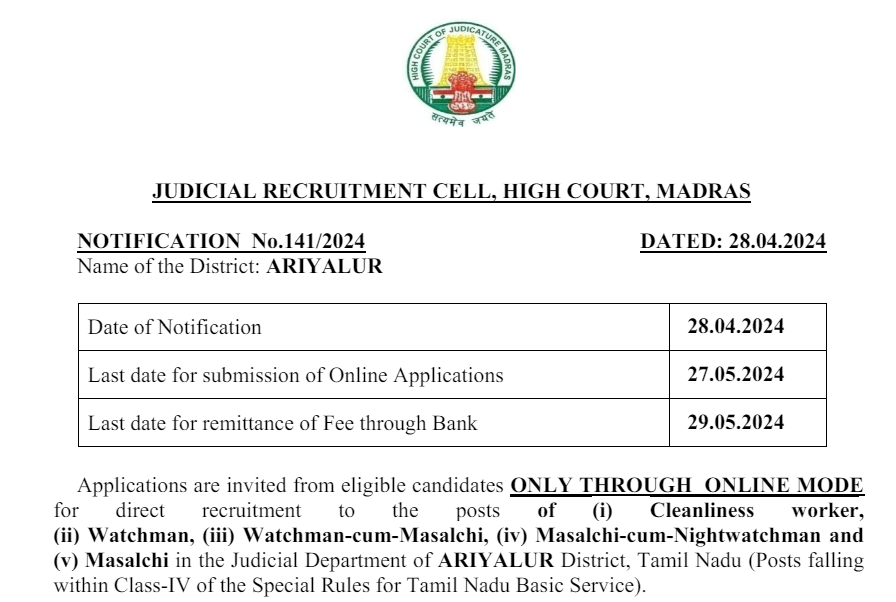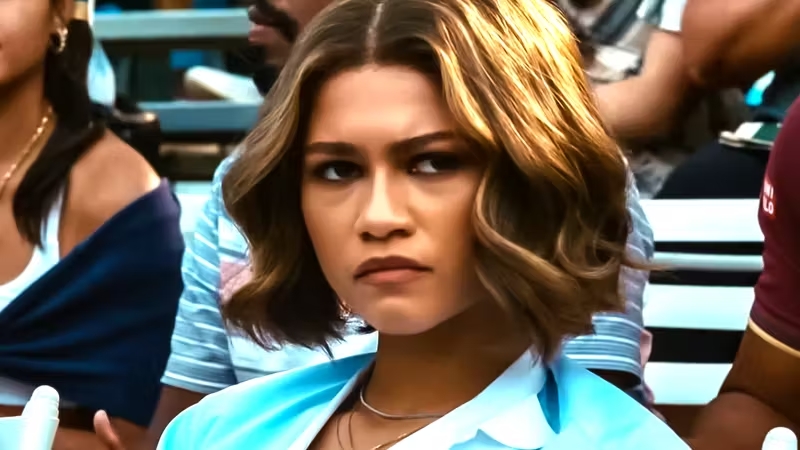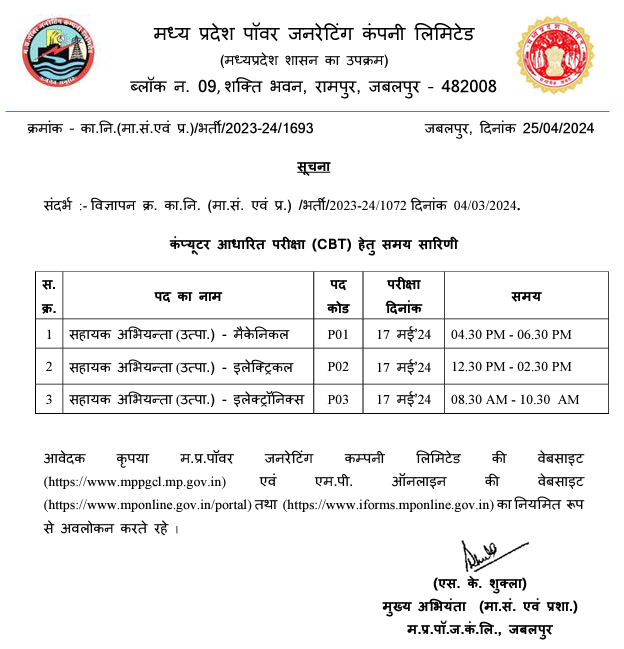Applied Mechanics and Graphic Statics MCQ Part 1

Category –CE Online Test
Telegram-Join Us On Telegram
Attempt Free Applied Mechanics and Graphic Statics MCQ Part 1 Here. Read The Important Mechanics MCQ From Below.
Q1. A block in the shape of a parallelopiped of sides lm x 2m x 3m lies on the surface. Which of the faces gives maximum stable block ?
A. 1 m x 2 m
B. 2 m x 3 m
C. 1 m x 3m
D. equally stable on all faces
Answer : B
Q2. The area under velocity-time graph gives
A. Acceleration
B. Total distance travelled
C. Velocity
D. Speed
Answer : B
Applied Mechanics and Graphic Statics MCQ Part 1
Q3. The component of a force (P) at right angles to its direction will be
A. Zero
B. Half
C. Same
D. 1.414P
Answer : A
Q4. A uniform pyramid and a uniform prism of same height lie with their base on the surface. Which is more stable ?
A. pyramid
B. prism
C. both equally stable
D. none of the above
Answer : A
Applied Mechanics and Graphic Statics MCQ Part 1
Q5. The motion of the wheel of a bicycle is known as
A. Rotary
B. Curvilinear
C. Translatory
D. Rotary and translatory
Answer : D
Q6. The angle between two forces, when the resultant is maximum and minimum respectively are
A. 0 and 180
B. 180 and 0
C. 90 and 180
D. 90 and 0
Answer : A
Applied Mechanics and Graphic Statics MCQ Part 1
Q7. Minimum potential energy of a system will be in the position of
A. stable equilibrium
B. unstable equilibrium
C. neutral equilibrium
D. all of the above
Answer : A
Q8. In terms of work, power is defined as
A. Quantity of work
B. Rate of doing work
C. Capacity of doing work
D. Rate of change of doing work
Answer : B
Applied Mechanics and Graphic Statics MCQ Part 1
Q9. In actual machines mechanical advantage is
A. Unity
B. Less than unity
C. Less than velocity ratio
D. Greater than velocity ratio
Answer : C
Q10. A rigid body is in a stable equilibrium if the application of any force
A. can raise the CG of the body but can not lower it
B. tends to lower the CG of the body
C. neither raises nor lowers the CG of the body
D. none of above
Answer : A














